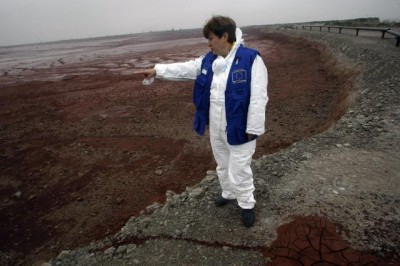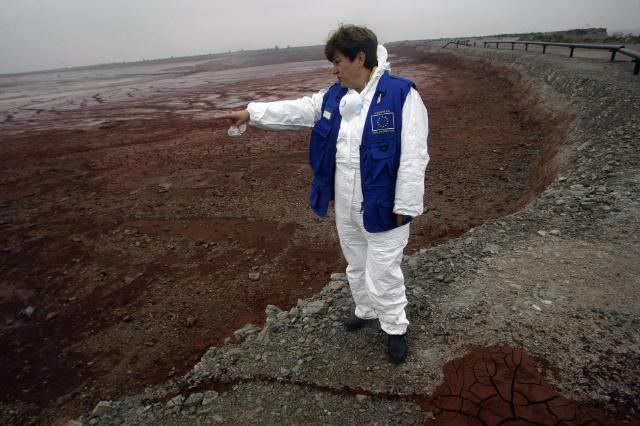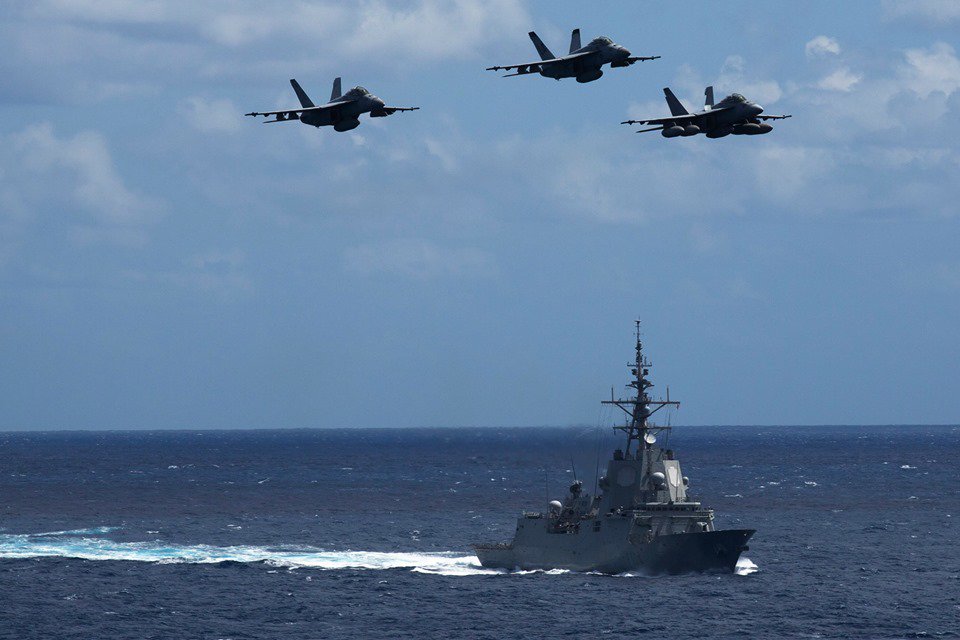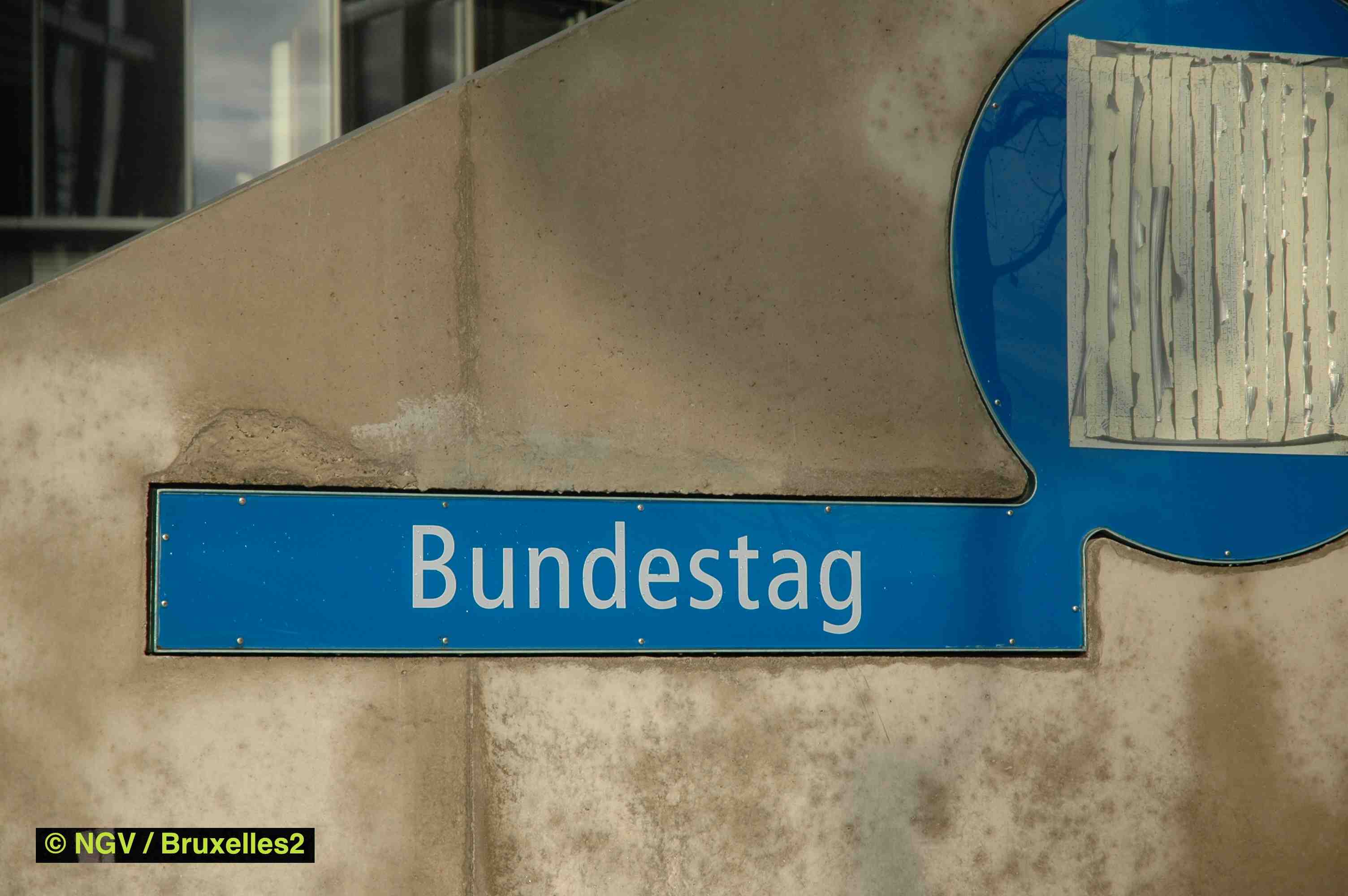Georgieva advances new ideas: CERU, a European emergency response center

She had promised it. She did it… the European Commissioner in charge of international cooperation, humanitarian aid and crisis response, Kristalina Georgieva, presented a communication on the subject on Tuesday (at noon). " This is the first step in a reinforced European response to crises, whether in terms of humanitarian aid or civil protection. “Explains an expert on the file. A legislative proposal will be made in 2011. It could be supplemented, if necessary, with the definition of the new solidarity clause (versus the Lisbon Treaty), the establishment of the diplomatic service or the revision of the European security strategy.
The objective is not to create new capacities but to strengthen existing capacities to facilitate pooling and coordination of the different means of the Member States. The number of natural and technological disasters is increasing, as well as their intensity, according to the European Commission. It has quintupled in 35 years: from 78 per year in 1975 to about 400 today. It is therefore necessary to adapt the response.
A European Emergency Response Center (CERU)
Flagship element of the communication: the establishment of a European emergency response center or CERU under its French acronym. It will bring together the expertise and information of civil protection and humanitarian aid in a “genuine crisis response centre” permanent 24 hours a day. Its function will be to monitor, alert and respond to crises and will be responsible for coordinating European aid, whatever the crisis. In the event of a disaster outside the EU, it is this center that will be responsible for bringing together all available European resources, ensuring their consistency, as well as liaison with the United Nations.
Pre-planning of resources
This is the other key element of the Georgieva strategy: to prepare in advance. The current civil protection system is based on ad hoc assistance offered when a disaster occurs. The objective is to have predefined commitments of disaster relief resources and emergency plans approved in advance. This advanced planning (as in defense) does not mean that resources are managed at European level. They remain under the full responsibility and authority of the Member States when they are not used for European operations. In some cases, however, it would be possible to consider having resources " strategically prepositioned ". This would speed up the response. Another action envisaged: simplifying and strengthening the pooling and financing of means of transport and logistics ».
Alongside the European civil protection force, envisaged by certain Member States and proposed by the "Barnier" report of 2006, one could consider this communication timid. It would be wrong. Commissioner Georgieva understood that forcing in this direction would only lead to "steering" a little more certain Member States who will not hesitate to veto them afterwards. The strategy followed is rather that of small steps: first better coordinate the means of the European Commission and articulate them with the means of the Member States, and then see the additional steps which could be taken. We bet that the events that could occur could make the reluctant States take the leap. The commissioner can count on two new allies: Hungary and Poland, each of which has just suffered disasters (floods for both, red mud for the second) and intends to improve the European response. Two countries which will have the European presidency in 2011.


